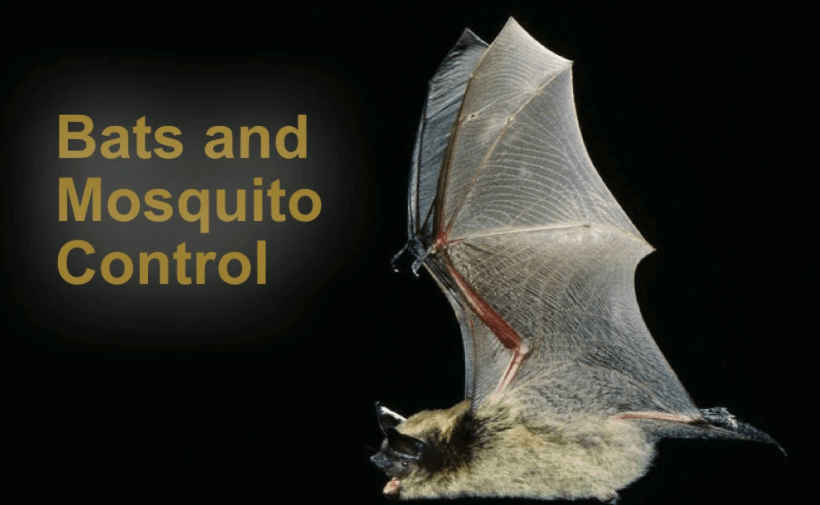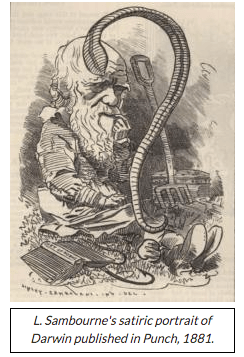Natural systems and animals have been inspiring people for ages. Water, wind and worms are teaching us many new lessons to help caretake our ailing planet.
For example, Portland-based InPipe Energy has devised an ingenious micro-hydro system using a pressure recovery value (PRV) to regulate the flow of municipal water. It harnesses the energy within flowing water by spinning a microturbine, which makes electricity.
Sensors within PRVs help municipal agencies to better manage water infrastructures by quickly pinpointing any leakage. In addition, InPipe Energy can erase the carbon footprint of pumping water throughout the system, an energy-rich process that currently relies mostly on the fossil fuel-powered grid.
The city of Hillsboro, OR, InPipe Energy, Energy Trust and Portland General Electric have teamed up to deploy this smart micro-hydro system. This cutting edge project is generating about 200,000 kilowatt-hours a year, or, the equivalent energy to power 20 Oregon homes annually.
InPipe Energy is powering the Gordon Faber Recreation Complex, which includes the 7000-seat multipurpose Hillsboro Stadium and six natural grass softball fields, its lighting and concession energy needs. Softball, soccer, football, baseball and lacrosse teams as well as special events spend zero-carbon at this facility.

Image credit: City of Hillsboro, OR
Now just imagine expanding this smart micro-hydro system that taps into the flow of your municipal water system and creates continuous zero-combustion energy. It’s coming soon.
Meanwhile fifty-five hundred miles to the east, Spanish-based Vortex Bladeless has invented an effective windmill with no moving blades. A 10-foot vertical cylinder is fixed to the earth with an elastic rod. The wind swings it back and forth oscillating the cylinder, which generates electricity through an alternator.
Become better caretakers of Mother Earth by consuming much less and spending much more time immersed in nature

Image credit: Merlin Tuttle
It is silent and does not kill birds, bats or insects. A couple of these cylinders could power a battery pack for an off-grid micro dwelling. This Dr Seuss-like windmill could be scaled up to 490 feet (~150m) and installed within windy zones around the globe to also make zero-combustion energy for battery stations, energizing urban grids. Happy dance for our brethren and sistren, the animals!
Nature has entrusted earthworms to make soil fertile. As Charles Darwin’s final book, The Formation of Vegetable Mould, Through the Action of Worms, noted: “It may be doubted whether there are many other animals which had played so important a part in the history of the world, as have these lowly organized creatures.”
Australian agronomist, Allen J. Yeoman, estimated that an acre of land could contain 25 tons of earthworms, 50 tons of bacteria, 150 tons of a wide range of native soil microorganisms and decomposed organic matter, mostly humus.
Yeoman calculated that by increasing the organic matter content of the world’s agricultural soils, currently five percent, by an extra 1.6 percent to a total of 6.6 percent, this could help to draw down carbon to stabilize the world’s climate. (He assumed in 2005 that fossil fuel emissions would by now be significantly reduced, on the road to phasing out, rather than increased to record levels.)
Recently, an earthworm was partially crushed under my doorstep mat. I rescued the little fella by flipping the mat over. For 48 hours, I watched as it regenerated half its body. About an hour or so before the worm slithered away, it sensed my presence by bobbing its head. Then it lowered its head and continued to miraculously heal. I sensed that it was sentient. An endearing moment exchanged between two different species. Respect all life, please.
Refuse to use any chemicals in your yard. Horrible man-made nerve poisons within insecticides, herbicides, miticides and fungicides kill earthworms. These unsung wee ploughmen not only aerate soils, but also, they are a vital food source for our feathered friends, the birds.
What a wonderful world, all we have to do is become better caretakers of Mother Earth by consuming much less and spending much more time immersed in nature.
#Respect
#LoveNature
#LoveIsTheSolution
#ConsumeLess
#GoVegan
#BeeKind
#Smile
#WalkMore
#GenZEmergency
•••••••••••••••••••••••••••••••••••••••••••••

Dr Reese Halter is an award-winning broadcaster, distinguished conservation biologist and author.
Dr Reese Halter’s latest book is now available!
GenZ Emergency
Tweet @RelentlessReese
•••••••••••••••••••••••••••••••••••••••••••••


















